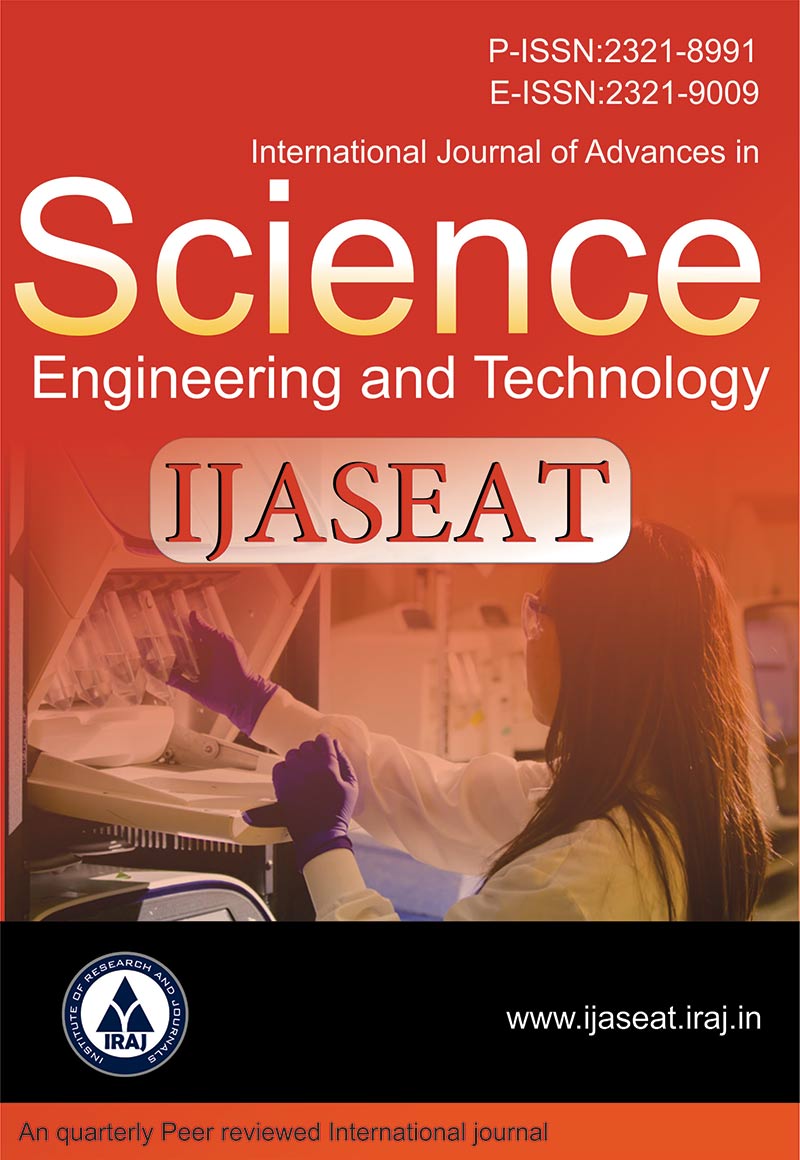Publish In |
International Journal of Advances in Science, Engineering and Technology(IJASEAT)-IJASEAT |
 Journal Home Volume Issue |
||||||||
Issue |
Volume-5,Issue-1 (2017) ( Jan, 2017 ) | |||||||||
Paper Title |
Life Cycle Cost Analysis of Coal Water Slurry Process in Indonesia | |||||||||
Author Name |
Erik Rezakola, Boonrod Sajjakulnukit, Muhammad Djoni Bustan | |||||||||
Affilition |
The Join Graduate School of Energy and Environment (JGSEE) King Mongkut’s University of Technology Thonburi (KMUTT) Thailand, 2 Center of Excellence on Energy Technology and Environment PERDO Thailand, 3 Chemical Engineering Department Faculty of Engineering Sriwijaya University Indonesia | |||||||||
Pages |
112-117 | |||||||||
Abstract |
Coal is expected to take the position of crude oil as the largest primary energy contribution in the Indonesia energy mixes in 2016 until 2050. Most of the coal resources are classified as low rank coal. Coal water slurry process with upgrading, one of government’s energy programs, is a clean coal technology that utilizes low rank coal and produce a type of slurry fuel with a higher heating value with more advantages than unprocessed coal to substitute MFO utilization. This study provides an overview of the opportunities of coal water slurry implementation projections based on its life cycle cost then make energy policy recommendations. Life cycle cost method was conducted to investigate coal water slurry commercial plant with a capacity of 1,000,000 tonnes/year based on data from JGC Coal Fuel demonstration plant in Karawang, West Java. Plant site was selected at Darmo Kasih Village, Gunung Megang, Muara Enim, South Sumatera. The total capital investment was USD 325.6 million, the production cost was USD 120.4/tonne product and the price of the product was determined at USD166/tonne to got the positive net present value. IRR was 16 % and payback period was 5.52 years of 15 years of service life. Coal water slurry product was more competitive or cheaper than MFO in terms of fuel cost in power plants. Fuel cost of coal water slurry product was USD 520.4 million/year, and MFO was USD 644.2 million/year. Based on the result of the study above, the coal water slurry process is feasible to be implemented with adequate infrastructure support and special price fixing of low rank coal feedstock as energy policy recommendations. Keywords- Low Rank Coal; Coal Water Slurry; Life Cycle Cost; Economic Feasibility; Competitiveness; Energy Policy | |||||||||
| View Paper | ||||||||||